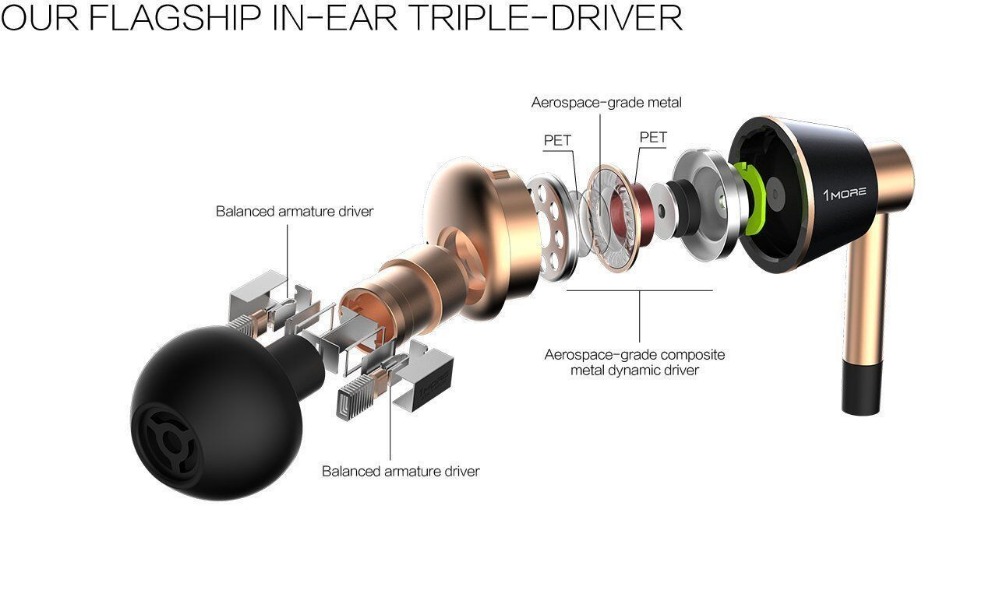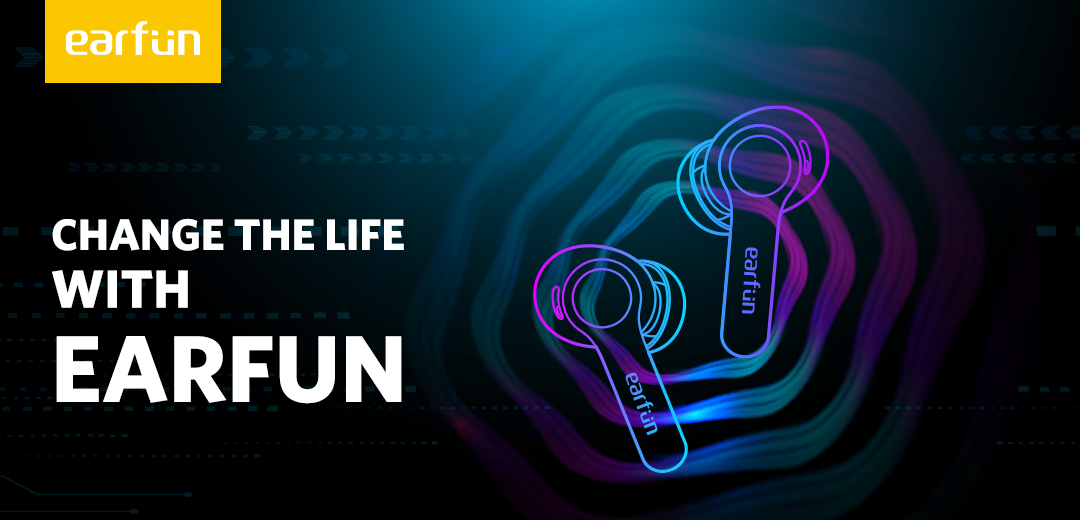1. What is a Headphone Driver?
A headphone driver is a small speaker unit that transmits sound down your ear canal, an electromagnetic device that converts electrical signals into audible sound. Its presence is essential in any headphone.
Headphone driver consists of 3 main components:
1- A magnet generates a magnetic field.
2- Inductor: Move the diaphragms to create the sound you hear when an electric current is passed.
3- Diaphragm: Vibrates to create sound waves.
Headphone drivers have different shapes and sizes depending on the design of the headset housing and the required sound quality
2. Types of Headphone Drivers
Dynamic Driver (Dynamic)
Driver BA (Balanced Armature)
Planar Magnetic Driver
Electrostatic (Electrostatic) Driver
Bone Conductor Driver
The above types of drivers not only differ in structure, size, and cost, but each also has its own distinct sound quality. Not only that, manufacturers can also integrate multiple drivers into the same pair of headphones to control and improve the sound quality of each frequency band. In this article, we will learn about each type of driver and their characteristics.
Driver Dynamic
This is the most commonly used type of driver on headphones, partly because of its low cost and ease of installation. Driver Dynamic works by the interaction between the magnet and the electromagnetic force of the voice coil. These two parts move back and forth based on the source signal and transmit that force to the diaphragm, creating sound oscillations.
Advantages
Thanks to the simple operating mechanism, Driver Dynamic works quite effectively, without a strong source, but still produces a large volume. Along with that, it is cheap to manufacture and easy to manufacture and install, so this is the most commonly used type of driver on headphones.
Dynamic diaphragm has a large area in contact with the air, so it creates stronger oscillations at low frequencies, helping to create very good Bass.
Defect
This driver has a major disadvantage of being distorted at high volumes. However, this problem can be handled in the hands of good sound engineers. Proof of this is a series of high-end headphones from Sennheiser or Sony, they all use Dynamic Driver and produce excellent sound quality.
Driver BA (Balanced Armature)
This type of driver has a much smaller overall size than the Dynamic Driver, so they only appear in the In-Ear-Monitor line of ears. At the same time, the operating mechanism of Driver BA is also more complicated.
Driver BA consists of a metal rod, with a voice cord wrapped around and sandwiched between two magnets. The top of the metal rod is connected to the diaphragm. When an electronic signal flows through the coil creating a magnetic field, the metal rod becomes magnetized and moves back and forth between the two magnets. The movement of the metal rod transfers force to the diaphragm, causing the diaphragm to vibrate to create sound.
Advantages
This type of driver can be tuned to specialize in handling a specific range of audio frequencies, especially the Mid and Treble ranges. Therefore, manufacturers often use a combination of many BA Drivers into the same headset to create higher sound detail. Not only that, the BA driver can also be used with the Dynamic Driver to improve the Bass range. The second strong point of Driver BA is to provide better sound insulation for IEM ears. The reason is because the operating mechanism is different from Driver Dynamic, Driver BA does not need to push air to create sound oscillations. Therefore, this driver-using headset does not need a vent on the house, thereby providing better noise resistance.
Defect
The cost of Driver BA is higher than Dynamic
Need the support of Driver Dynamic to be able to play low frequency sound well.
Above are the two most common types of drivers used on headphones. hope earfun will focus more on sound quality for music enthusiasts. Wish earfun will create a high-quality product in terms of features and sound quality in this 2022. Long post, thanks for reading. Thanks.




